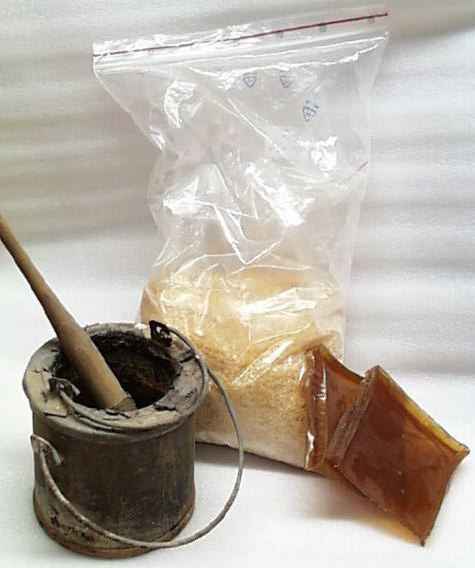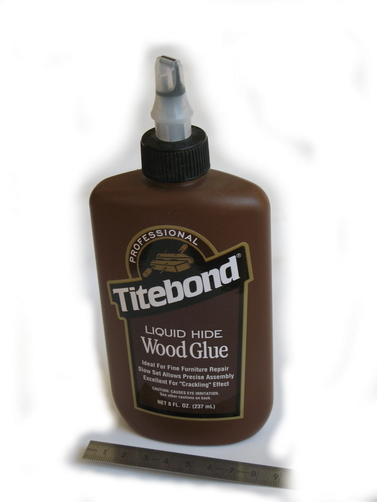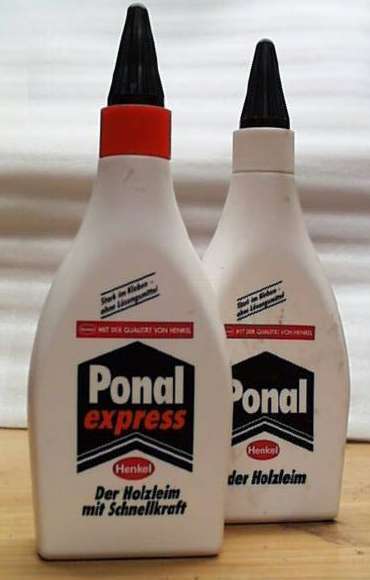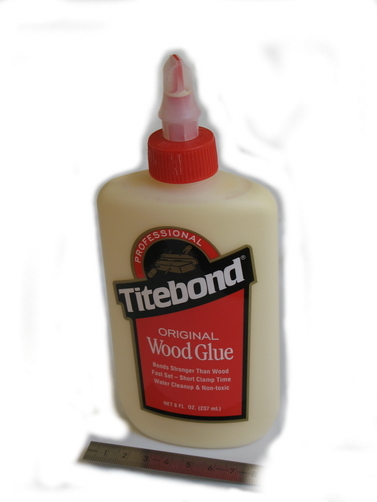Tools, parts and what you need for guitarmaking
-
Tools & Jigs
-
Tools
- Fretting Tools (Base)
- Pliers
- Sanding Blocks
- Brushes
- Files
- Routers
- Routing Templates
- Templates / Straight Edges
- Fretting Templates - Fret Scale Templates
- Clamps
- Knives
- Measuring Tools
- Tool Sets
- Reamer
- Keys, Wrenches
- Drill Jigs
- Saws
- Drill Bits
- Scrapers
- Bending Irons
- Other Tools
- Fret Hammer
- Fret Pressing
- Fretboard Protector
- Fret Bender & Tang Nipper
- ... More
- Jigs for Luthiers
-
Tools
-
Hardware & Parts
- Necks & Bodies
- Tuners
-
Hardware / Parts
- Truss Rods
- Carbon / Titan Reinforcement
- Trussrod Nuts
- Washer for truss rods
- Bridge Pins
- End Pins
- Bridges & Tailpieces E-Guitar
- Bridges & Tailpieces
- Covers
- Pickguards / Scratch Plates
- Strap Locks
- Bridge Accessories / Spare Parts
- Screws, Nuts, Washers
- Neck Attachement
- String-Ferrules
- Jack plates
- Control Plates
- String Retainer / String Trees
- knobs (pots/switch)
- Relic Parts
- ... More
- Nuts & Saddles
- Fret Wire
- Pickups & Electronics
- Materials & Supplies
- How-to
- Guitar Making
Shop Startpage Guitar Making Techniques Adhesives
Adhesives and glues from guitar making
Here I describe glues and adhesives that I have had experience with in new guitar building and repair.
Guitars, whether acoustic or electric, are a hodgepodge of different materials. The body is usually made of solid woods, rim strips often of plastics, decorations of shell (lime), saddles and bridges of bone. And somehow these must be fixed to each other without screws or the like. Glues have been used for this purpose since ancient times. Over time and in the context of industrial progress, modern adhesives have taken over this task to a large extent. There are adhesives that connect similar materials, but also curious connections such as wood and metal to unite. In guitar building and repair I use natural glues, white glue, gel glue but also modern glues like cyano-acrylate glue (superglue) and two-component glues like epoxy. In the following I will briefly present the most important ones:
Natural glues are all based on animal-derived protein compounds. They bond wood to wood very well. Depending on the starting material, a distinction is made between
- Bone glue (carpenter's glue, hard compounds, usually brownish, origin animal bones, chondrin base)
- Hide glue (for elastic compounds originating animal skins, glutelin base)
- Hasenleim (yet resilient, somewhat tougher, for elastic bonds, often referred to as painting or gilding primer, originating skins of hare or rabbit)
- Fischblasenleim (for solid compounds, low viscosity, originating swim bladders large fish)
The ideal glue would be fish bubble glue, because this is easier to process almost transparent after processing. But unfortunately this is over 30 times more expensive than hide glue! All these glues are hot glues and must be moderately brought to about 60 to max. 70 ° C and bind in the cooled state. When using one must pay attention to possibly rusting metals, since these discolor the glue, also possibly reduce the adhesion (use bound brushes, glass, ceramics or stainless steel).
When I use natural glue, I use hide glue. This must be prepared overnight, preferably as crumbs, with 2-4 times the amount of soft water (rainwater). Some also mix up to 10% urea to extend the open time. You should only use as much glue as you need in a few days. If you can't use it all, put it in the refrigerator. Like other products, glues fight with bacteria that decompose the glue. So, if the mixture smells moldy or if there are mold blossoms on it - throw it away immediately!
 |
Hide glue is also recently available cold processable from the company Franklin ("Titebond Hide Glue (Hautleim) 237ml" Art.-No. 11010004 ).
 |
In the picture on the left there is a glue pot with double walls. You fill it with water, put the center pot in it and put the whole thing on a stove top. You still need a thermometer in the glue to control the temperature. I use a thermostatically controlled kettle in which I hang a 250ml lab jar. But I have also seen people using baby bottle warmers for this. It is difficult to use hide glue on large surfaces, as it cools faster than you can keep up with clamping. We recommend a very warm workshop, using a hair dryer or iron to preheat the glue surfaces beforehand, and definitely a few dry rounds without glue to practice the process. At the back left is a bag with about 750g of hide glue and to the right of it are two halves of a bone glue disc.
 |
Here in Germany, you very often find Ponal white glue in the hobby sector (top picture at the back). I have used this in the beginning often until one day a slightly higher loaded joint opened up again and again. I think the white glue is good for "gluing felt hats to Punch and Judy dolls", but for guitar building it has too many plasticizers in it, not recommended for that purpose. On the other hand, the "Express" hardens quickly and firmly. You can also get it back on with steam. The disadvantage is that it hardens milky, if somewhere glue was not removed.
 |
"The" instrument making glue with the greatest fame comes from the USA from the company Franklin. This high-strength professional glue ( "Titebond Original 237ml" Item No. 11010001 ) is suitable for wood, bone, mother of pearl, etc. indoors. Resistant to most solvents, open time approx. 5 min. Excess glue can be removed quite easily after a few minutes, glue residues can also be wiped off with water.
The processing temperature should be between 10-30°C; pressing time is between 30-60minutes, final strength it reaches after about 24h.
- For bindings and sidedots, I use ABS glue or "UHU crystal clear" from the familiar yellow and black tube.
- For gluing in mother-of-pearl and abalone, I use superglue (brand unimportant, any will do). If paint scratches are repaired with superglue, however, it should be a somewhat more viscous type.
- Filling the gap on inserts I do with 5 minute epoxy glue. It can be problematic if the mixing ratio of hardener to resin is not right. For this reason, weighing the mixture is highly recommended. It is much easier to get the right mixture if you use epoxy from a double syringe. One container holds the resin, the other the hardener. If you press on the back of the syringe, an equal amount of adhesive comes out of both containers. The mixture ratio is correct and only needs to be stirred. I mix in wood dust for coloring and heat the glue joint with infrared light to lower the viscosity (air bubbles then come better and faster).
|
Rall Guitars & Tools Hauptstrasse Tel +49 (0) 8803-48856-56 Retail Shop: By appointment only |
Subscribe our Newsletter By subscribing our newsletter you accept our Privacy Policy and Terms and Conditions. |



